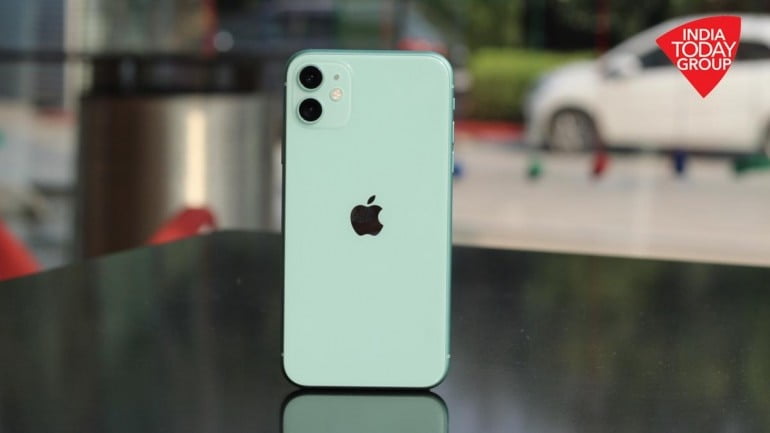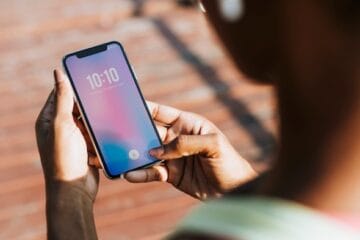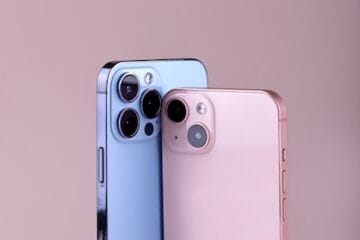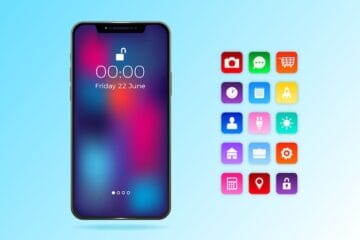
The change is here. Nowadays whenever phone users and tech enthusiasts talk of camera performance, they often talk of the Google Pixel as the best. But this year it is changing. Now the new iPhones, which are the iPhone 11, iPhone 11 Pro and the iPhone 11 Pro Max, are considered in the same league, or even better than the mighty Pixel, depending on who you ask. Of the three, the iPhone 11 is the most affordable, and while it lacks an extra camera that the Pro iPhones have, its relatively lower price makes it a brilliant phone for people who love to shoot.
I can personally vouch for the camera output of the iPhone 11 and its quality based on my 15 days experience. The hardware components along with the software support make iPhone 11 a unique phone for photography.
First the hardware. There are two rear cameras in the Phone 11, and one front camera. The main camera in the phone uses the same image sensor and lens that is inside main camera in the iPhone 11 Pro. This is a 12-megapixel camera. Then there is additional camera with 12-megapixel sensor and an ultra wide-angle lens. The main camera gets an aperture of F1.8. The camera with the ultra-wide angle lens gets an aperture of F2.4. On the front, there is a 12-megapixel camera, with a lens that has an aperture of F2.2.

But more than the camera hardware, what is important with the iPhone 11 is image processing hardware that is part of A13 chip inside the phone. It is faster and hence can do more calculations while processing images, something that makes HDR better as well brings features like Deep Fusion.
Deep Fusion. This brings us to software features that power the iPhone 11 camera. Apple is constantly bringing updates on iOS 13, which has improved the camera output of the phone. The big one is Deep Fusion. With iOS 13.2 update Apple has introduced Deep Fusion feature on iPhone 11. It is basically a neural image processing system, based on A13 Bionic chipset that works on its own while you capture images. This feature lets the phone click multiple photos in one go, like shutter burst in a DSLR camera, at varying exposure and then the phone, using A13, quickly analyses them, merges the photography data together, to create photos that are better.

Then there are the features, which makes the photography fun with the iPhone 11. There is Photo Capture Outside the frame with which you can use 1x and 2x camera together to capture the images. To use this feature, you need to go to ‘Settings’, click on ‘Camera’ and enable ‘Photo Capture Outside’ option. The image clicked in this mode will have a ‘square and star’ on the upper right corner. When you tap the icon, you will find ‘Crop’ option at the bottom. When you select the crop option and zoom out, you will get a ‘wide-angle’ photo. This feature gives you a band of image editing options. However, you cannot use the Deep fusion feature in this mode.
Image editing in Portrait mode and effects
iPhone has improved its image output in the Portrait mode in its iPhone 11 series. If the lighting conditions are apt, this phone can give you an output of professional-level portrait mode photography. Importantly, in the editing process, you can set the images clicked in this mode in Studio Light or Studio Night Mono.
The editing options in Portrait mode are quite engaging. You have a variety of effects available in this mode which is different from the regular editing options. One can argue that such options are available in other smartphones as well; well the answer to them is the perfection that iPhone 11 provides makes it unique.
You have Studio Light, Stage Night mono and High key light mono options in the editing features available in Portrait mode. In the camera interface, on the upper left corner, you get the option to set the ‘aperture’. You adjust the background blur from here.

Now you get the option to set the video resolution in the camera interface itself. Earlier the iPhone users had to go phone settings in order to adjust the video resolution.
‘Night mode’ of iPhone 11 is just brilliant and now even beats Google Pixel – the erstwhile king of Night mode photography. On the top left corner of the camera interface, you see a ‘Moon’ icon. If it’s grey, then you can use the feature. And if it’s yellow, it means the feature is auto-enabled. In fact, you can adjust the aperture by tapping the moon icon.
You need to hold the camera for a while for using the night mode feature. The phone prompts a countdown. And you get the result in a few seconds. Remember even though you can disable the night mode feature on your iPhone 11 but it gets auto-enabled.

Even though iPhone 11 has a range of features but you need to enable them as per your requirements. However, regular users can get the best photo results even in the standard camera mode. Features such as Deep Fusion works in the background and you can enable or disable a few features from the camera home screen as well. For instance, ‘Portrait lighting’ mode is a feature that can be enabled from the camera interface itself.
QuickTake feature is fun
QuickTake in iPhone 11 is another interesting feature if you shoot videos more often. With this simple QuickTake feature, you can now start capturing video while taking stills. If you want to record a quick video, just tap and hold the dial/shutter button in the camera app, and release it when you are done. If you want longer video then you just have to drag the dial/shutter to the right corner and place it on the lock icon.
iOS 13 has brought additional features to this series of iPhones. Now you can try a 16:9 photo ratio on the camera app which enables you to capture wide shots. The default ratio on iPhone is 4:3 which can be changed as per the requirements.
As for the actual photography with the iPhone 11, do check out the photos embedded in this piece. All of them were shot with the iPhone 11.
[“source=indiatoday”]




